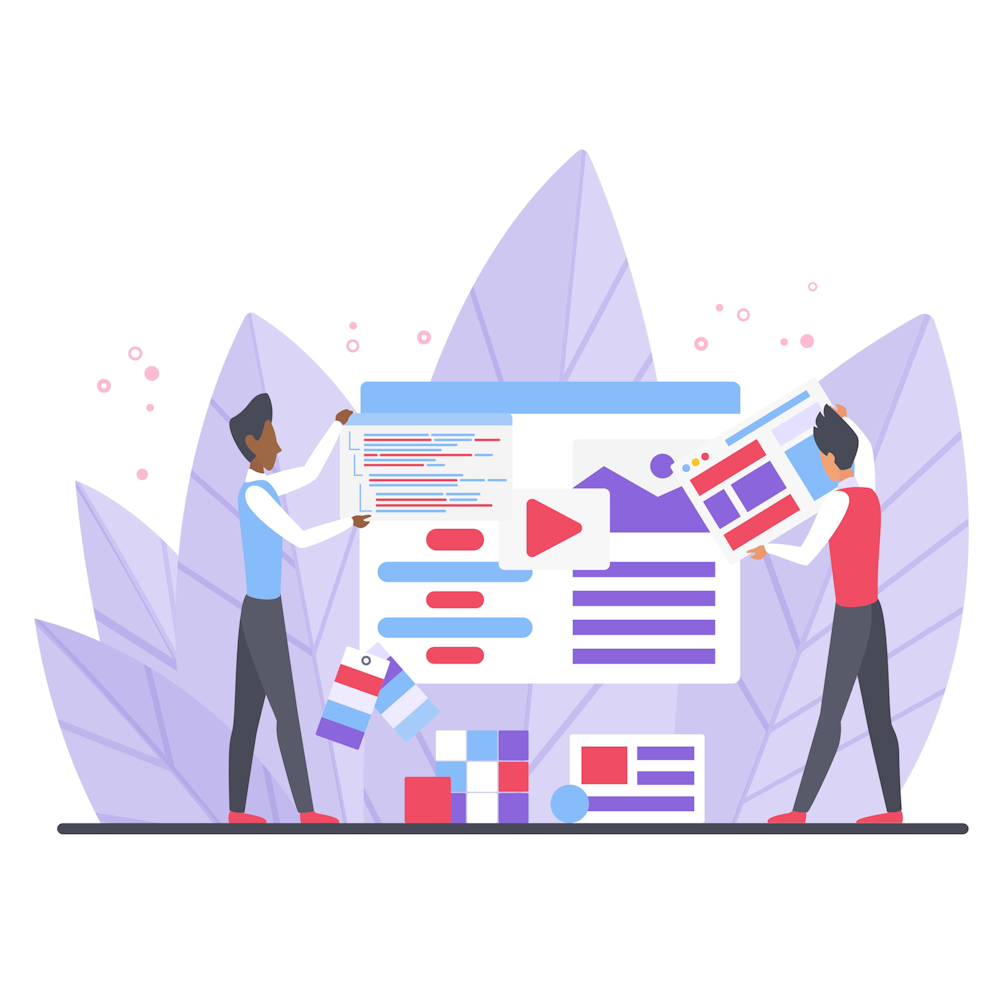Leveraging Gamification to Enhance Customer Engagement
Gamification has become a powerful tool in the digital marketing landscape, allowing businesses to engage and retain their customers in a fun and interactive way. By incorporating game elements into their marketing strategies, companies can motivate customer behavior, increase brand loyalty, and drive sales. In this article, we will explore the concept of gamification and how it can be effectively leveraged to enhance customer engagement.
Understanding Gamification
Gamification refers to the integration of game mechanics and design principles into non-gaming contexts, such as marketing campaigns. It involves the use of rewards, challenges, and competition to motivate and engage customers. By tapping into the natural human desire for achievement and recognition, gamification creates an emotional connection between customers and brands.
Gamification in Digital Marketing
In the digital marketing realm, gamification can take various forms, including interactive quizzes, contests, leaderboards, and virtual rewards. These elements can be embedded within websites, mobile apps, and social media platforms to encourage customer participation and drive desired behaviors. Gamification not only makes the marketing experience more enjoyable but also provides valuable data for businesses to analyze and optimize their strategies.
Benefits of Gamification
- Increased Customer Engagement: Gamification captures customers’ attention and keeps them actively involved in the marketing process, leading to higher engagement levels.
- Improved Brand Loyalty: By rewarding customers for their interactions, gamification fosters a sense of loyalty and emotional attachment to the brand.
- Enhanced Learning and Retention: Games have proven to be effective in facilitating learning and information retention, making gamified marketing campaigns more memorable for customers.
- Behavioral Insights: Gamification provides valuable data on customer preferences, behaviors, and decision-making patterns, enabling businesses to tailor their marketing efforts accordingly.
Designing Effective Gamification Strategies
To create successful gamified marketing campaigns, businesses need to consider several key factors:
- Clear Objectives: Define the desired customer behaviors and outcomes you want to achieve through gamification.
- Relevant Rewards: Offer incentives that are meaningful and aligned with your target audience’s interests and motivations.
- Progression and Challenge: Design a system that provides increasing levels of difficulty and challenge to keep customers engaged and motivated.
- Feedback and Recognition: Provide real-time feedback and recognition to reinforce positive behaviors and encourage continued participation.
Case Studies
Several successful companies have effectively leveraged gamification to enhance customer engagement. For example, Starbucks introduced its “Star Rewards” program, where customers earn stars for their purchases, unlocking various levels of benefits and exclusivity. This gamified loyalty program has significantly increased customer retention and brand advocacy.
Overcoming Challenges
While gamification can be highly effective, it is essential to address potential challenges, such as the risk of overcomplicating the experience or alienating certain customer segments. To combat these challenges, businesses should conduct thorough user testing, gather feedback, and continuously iterate their gamification strategies.
Summary and Suggestions
Gamification offers a unique and engaging approach to customer engagement in the digital marketing landscape. By incorporating game elements into marketing campaigns, businesses can captivate their audience, foster brand loyalty, and obtain valuable behavioral insights. As you explore the other articles on our website, consider how you can leverage gamification to enhance your own marketing efforts and create meaningful connections with your customers.


